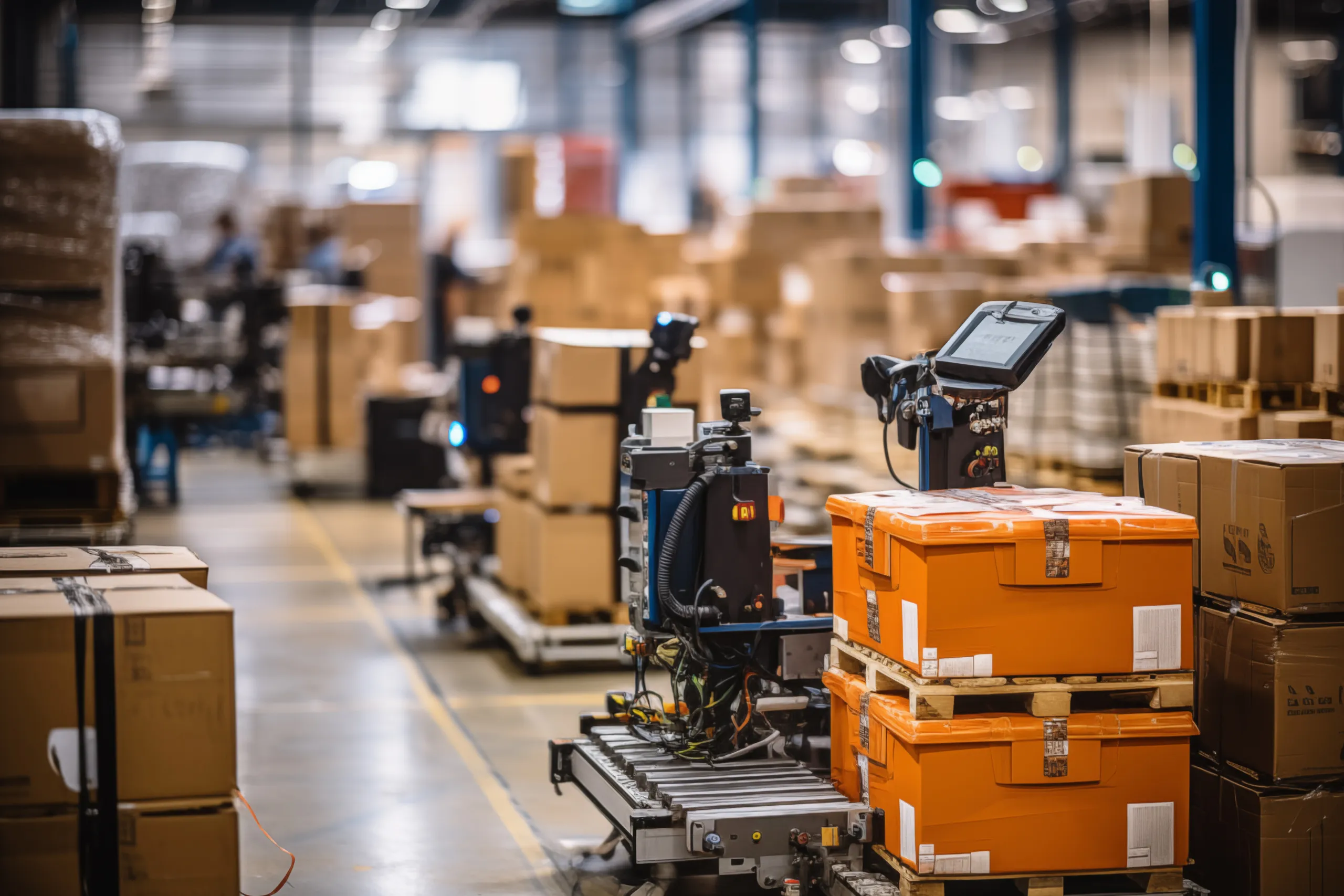In today’s fast-paced global marketplace, the logistics and shipping industry is undergoing a transformative revolution powered by automation technologies. Businesses of all sizes are leveraging logistics and shipping automation to streamline operations, reduce costs, and enhance customer satisfaction. This blog post delves into what logistics and shipping automation entails, its benefits, key technologies driving this transformation, and best practices for successful implementation.
What is Logistics & Shipping Automation?
Logistics and shipping automation refers to the use of technology and software systems to automate manual, repetitive, and complex processes involved in the transportation, warehousing, and delivery of goods. This includes automating tasks such as order processing, carrier selection, shipment tracking, inventory management, returns handling, and reporting.
By replacing manual workflows with intelligent automation, companies can eliminate human errors, accelerate processing times, optimize resource utilization, and improve overall supply chain visibility.
Why Automation Matters in Logistics & Shipping
The logistics sector faces increasing challenges, including rising customer expectations for faster deliveries, growing e-commerce volumes, complex multi-carrier shipping requirements, and pressure to reduce operational costs and carbon footprint.
Automation provides critical solutions to these challenges by:
-
Improving Speed and Accuracy: Automated systems process orders and shipments faster and with fewer errors, reducing delays and costly mistakes.
-
Enhancing Customer Experience: Real-time tracking and proactive notifications keep customers informed and build trust.
-
Reducing Costs: Automation minimizes manual labor, optimizes carrier selection, and improves packaging efficiency, lowering shipping and handling expenses.
-
Scaling Operations: Automated workflows enable businesses to handle increased order volumes seamlessly during peak seasons or growth phases.
-
Increasing Visibility: Integrated dashboards and analytics provide end-to-end visibility into inventory levels, shipment status, and carrier performance.
Key Technologies Driving Logistics & Shipping Automation
Several technologies are at the heart of logistics automation, including:
1. Artificial Intelligence (AI) and Machine Learning (ML)
AI-powered algorithms analyze historical data and real-time conditions to optimize route planning, carrier selection, demand forecasting, and inventory replenishment.
2. Robotic Process Automation (RPA)
RPA bots automate repetitive tasks such as data entry, order validation, and shipment documentation, freeing staff to focus on higher-value activities.
3. Internet of Things (IoT)
IoT devices track shipments, monitor warehouse conditions, and provide real-time inventory updates, enhancing accuracy and operational control.
4. Cloud Computing
Cloud-based platforms enable seamless integration of multiple systems, scalable data storage, and remote access to logistics management tools.
5. API Integrations
APIs connect disparate systems, such as e-commerce platforms, carriers, and warehouse management software, enabling smooth data exchange and unified workflows.
Essential Components of Shipping Automation
Multi-Carrier Shipping Automation
Automates carrier selection by comparing rates, delivery times, and service reliability to choose the best option per shipment. Includes automatic label printing and fallback carriers for uninterrupted shipping.
Inventory & Warehouse Integration
Synchronizes stock levels between sales channels and warehouses in real time, automates restocking alerts, and routes orders to optimal fulfillment centers.
Returns Management Automation
Streamlines returns processing with automated approvals, label generation, and inventory updates, reducing reverse logistics complexity and costs.
Analytics & Reporting
Provides actionable insights through performance dashboards, tracking key metrics such as delivery times, carrier performance, and cost savings.
Best Practices for Implementing Logistics & Shipping Automation
-
Assess Current Processes: Identify bottlenecks and manual tasks ripe for automation.
-
Choose Scalable Solutions: Select platforms that grow with your business and integrate with existing systems.
-
Prioritize User Training: Ensure teams are well-trained to maximize automation benefits.
-
Monitor Performance: Regularly review analytics to refine workflows and improve efficiency.
-
Focus on Customer Experience: Use automation to enhance transparency and communication.
Conclusion
Logistics and shipping automation is no longer a luxury but a necessity for businesses aiming to thrive in today’s competitive landscape. By embracing automation, companies can boost operational efficiency, cut costs, improve delivery speed, and provide superior customer experiences.
At SHIPMATIC LIMITED, we specialize in delivering cutting-edge logistics and shipping automation solutions tailored to your unique needs. Contact us today at contact@shipmatic.org or visit https://shipmatic.org/ to learn how we can help transform your supply chain.

